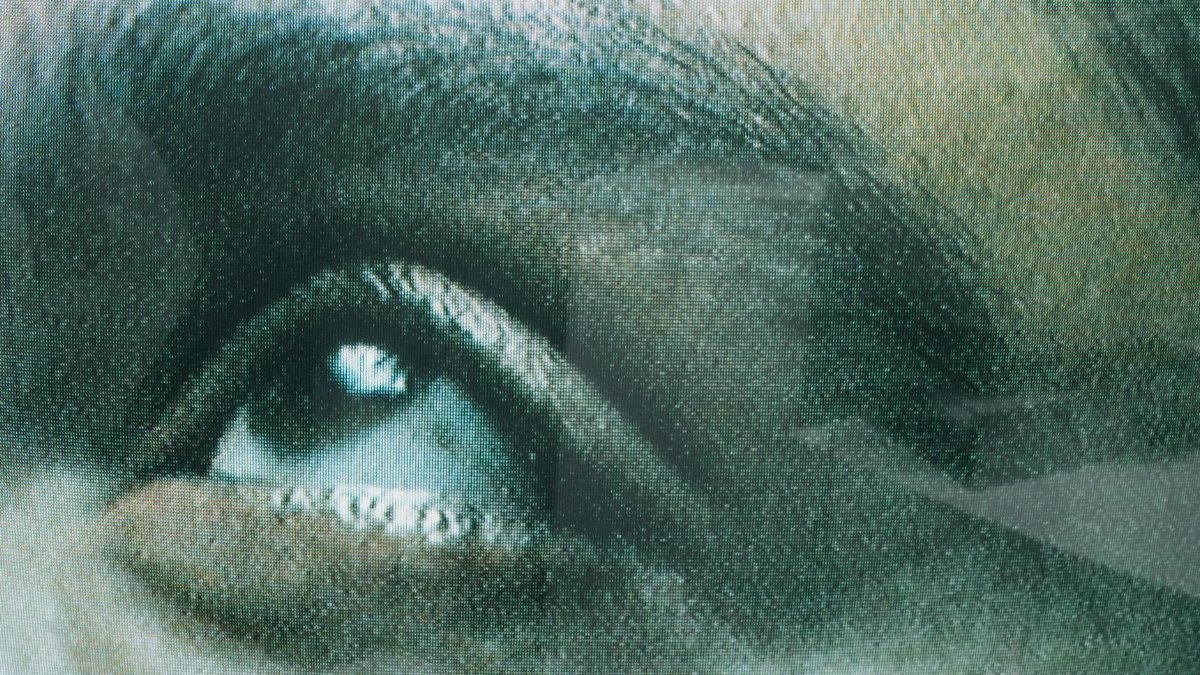Is tea bag eye soak the secret to beating screen-time puffiness? With Americans spending an average of 7 hours a day staring at screens, according to a 2023 report, eye strain and under-eye bags are a growing complaint. This simple, at-home remedy—using cooled tea bags on closed eyes—has gained traction as a quick fix. Advocates claim the antioxidants in green tea, in particular, reduce swelling and soothe tired eyes. Here’s why this trendy hack might be worth a try after your next Netflix binge.
What Is a Tea Bag Eye Soak?


A tea bag eye soak involves placing cooled, used tea bags—typically green or black tea—over closed eyes for 10 to 15 minutes. The idea is that the tea’s natural compounds, like tannins and caffeine, can constrict blood vessels and reduce puffiness. It’s a low-cost, easy remedy that’s been around for decades but has seen a resurgence with the rise of screen fatigue in 2025. No fancy spa needed—just a cup of tea and a few minutes of downtime.
Why Screens Cause Eye Issues


Prolonged screen time strains the eyes, leading to dryness, redness, and puffiness. The blue light emitted by devices can disrupt sleep patterns, worsening under-eye bags. According to the American Optometric Association, over 50% of computer users experience digital eye strain. This is where a tea bag eye soak comes in as a potential reliever, offering a cooling effect and mild anti-inflammatory benefits to combat the damage done by hours of scrolling or Zoom calls.
The Science Behind Tea’s Benefits


Green tea, often the go-to for this remedy, contains epigallocatechin gallate (EGCG), an antioxidant with anti-inflammatory properties. A 2011 study published in the National Library of Medicine highlights EGCG’s ability to reduce inflammation in skin tissues. While direct research on tea bags for eyes is limited, the cooling effect combined with these compounds may help shrink swollen areas. Black tea, with its caffeine content, might also tighten skin temporarily.
How to Do a Tea Bag Eye Soak
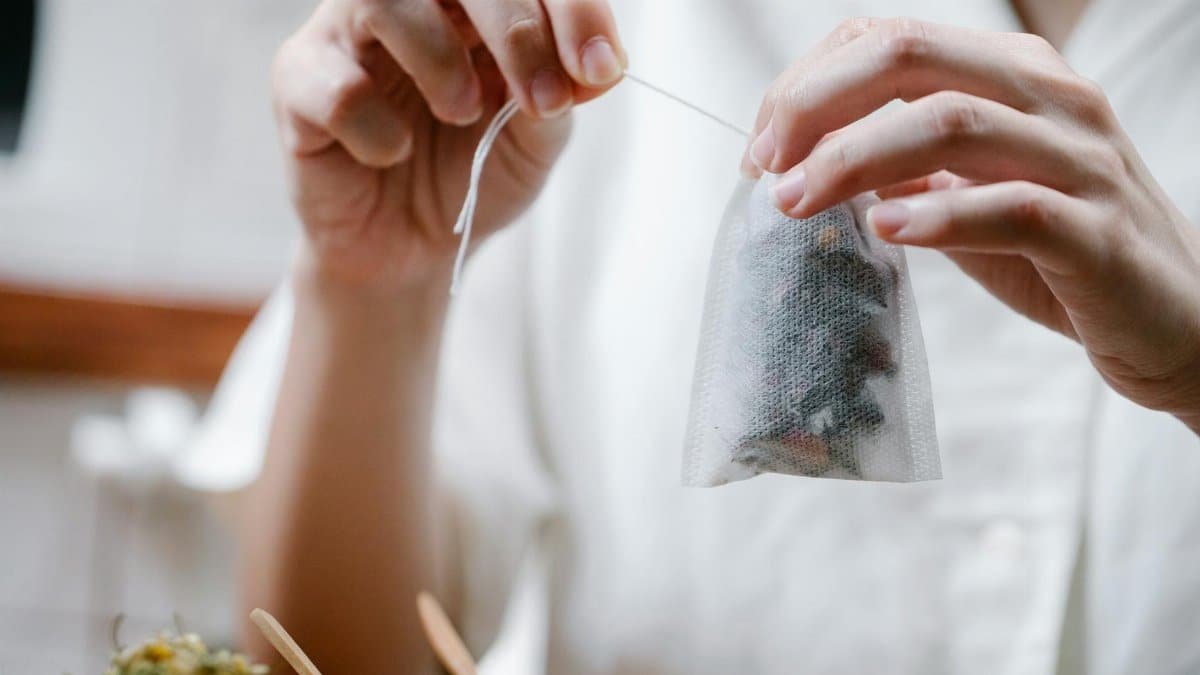
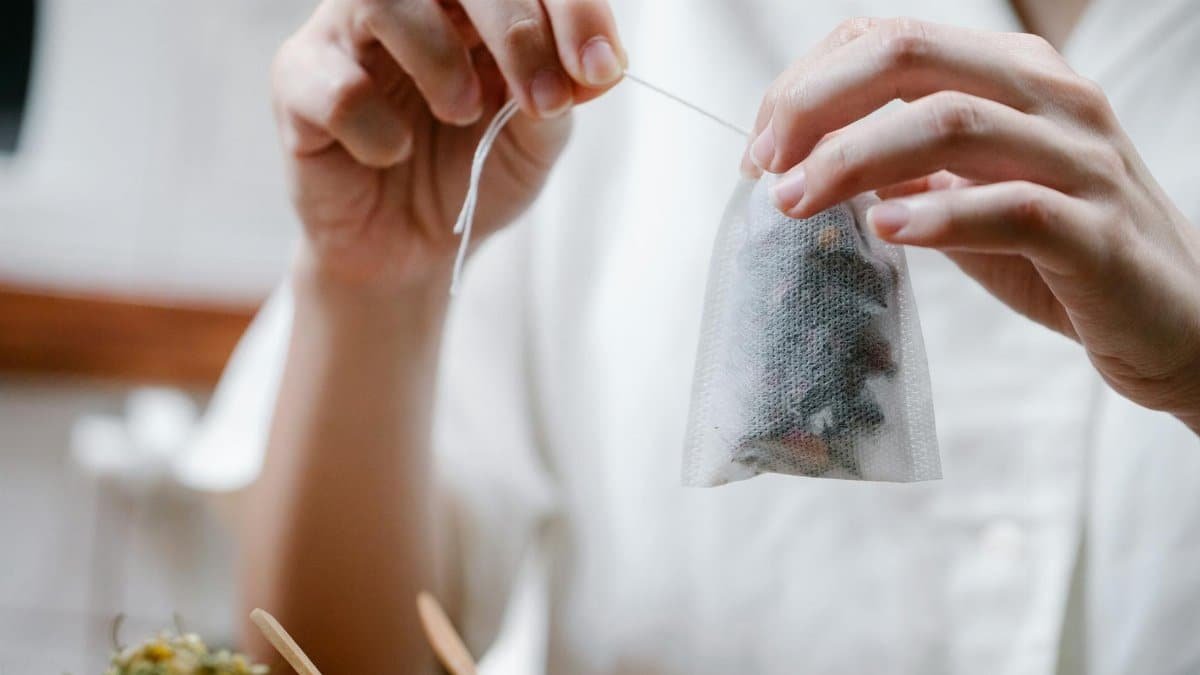
It’s straightforward. Brew two tea bags, let them cool to room temperature, and squeeze out excess liquid. Lie down, place one bag over each closed eye, and relax for 10-15 minutes. Rinse your face afterward to avoid staining from tea residue. Pro tip: Refrigerate the bags for a few minutes before use for an extra cooling boost. Green tea is preferred, but chamomile can work too for a calming effect.
Does It Really Work?
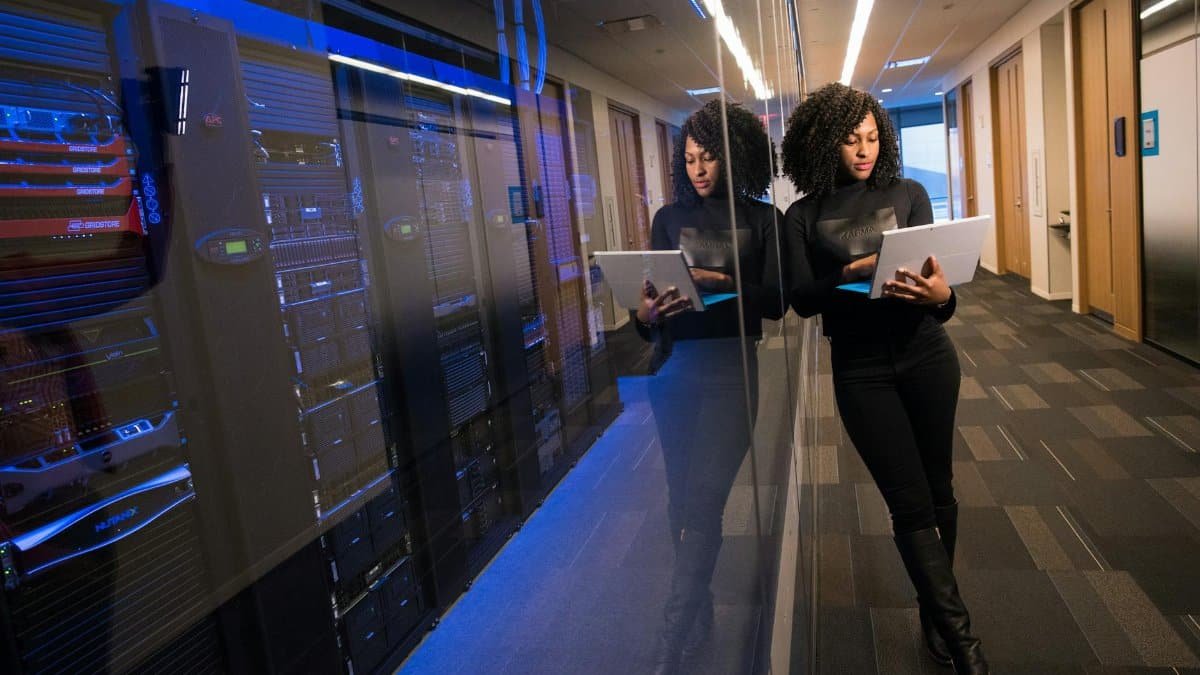

Anecdotal evidence abounds—social media is full of users swearing by tea bag eye soaks for reducing puffiness after late-night screen sessions. However, ophthalmologists caution it’s not a cure-all. While the cooling sensation offers temporary relief, persistent eye strain or bags might signal deeper issues needing medical attention. The Mayo Clinic notes that lifestyle factors like sleep and hydration play a bigger role in eye health, as detailed on their eye strain resource page.
Other Ways to Combat Screen Fatigue
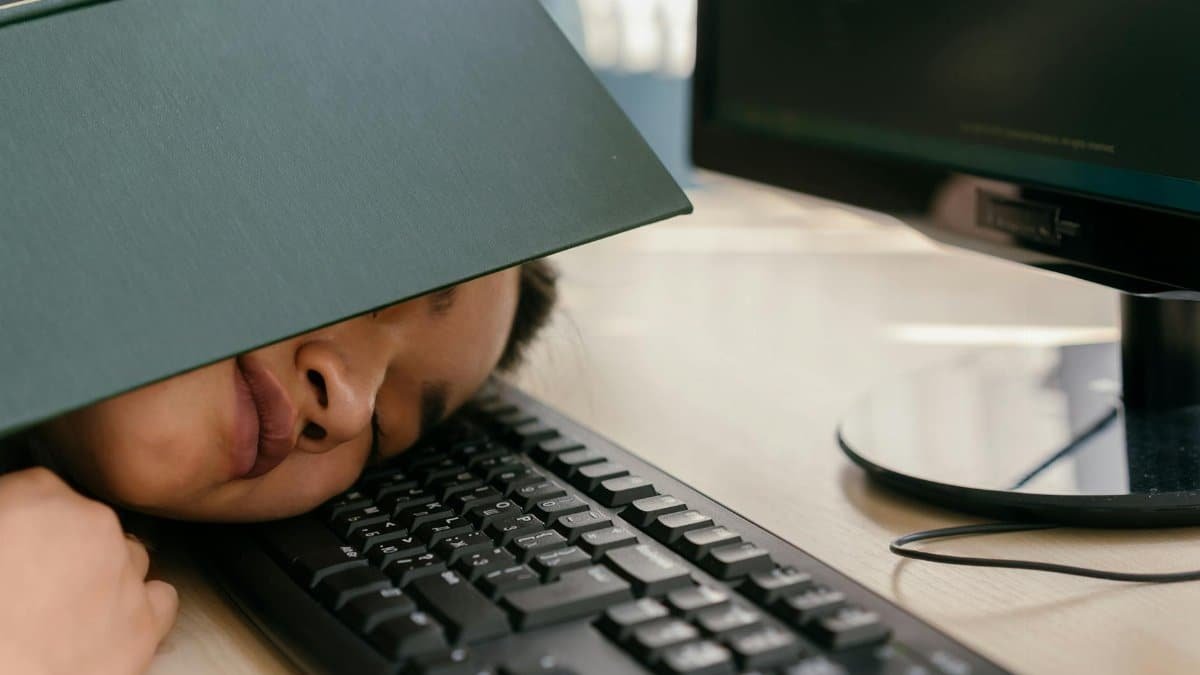
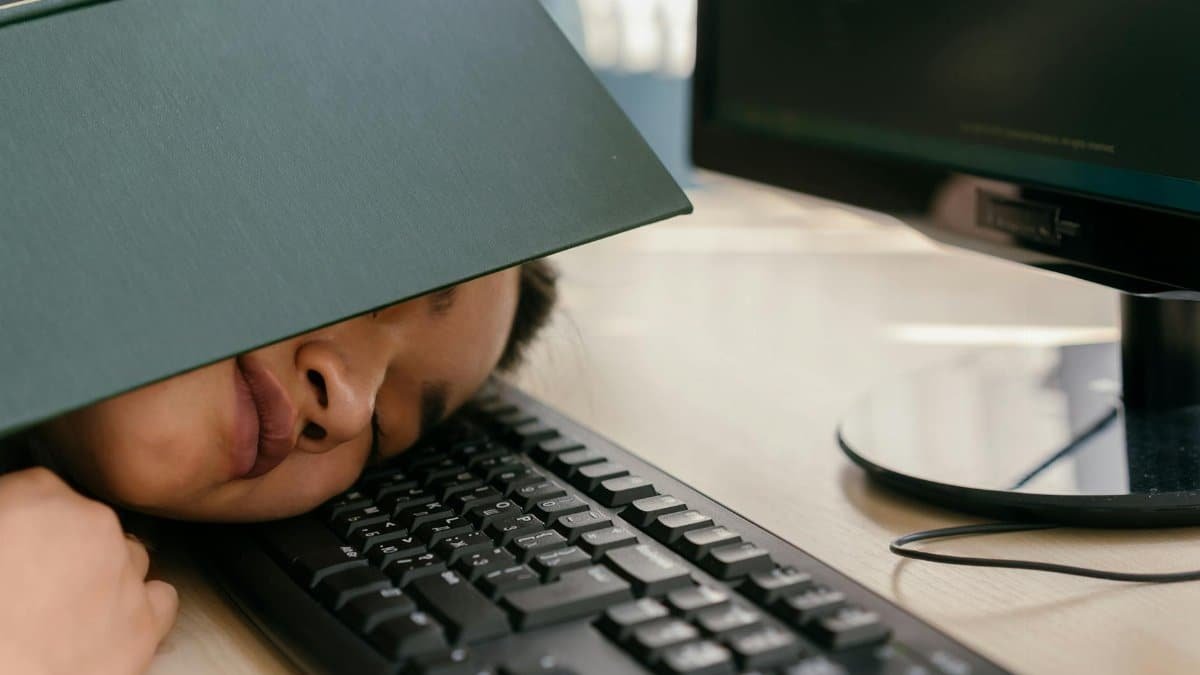
If tea bags aren’t your thing, try the 20-20-20 rule: every 20 minutes, look 20 feet away for 20 seconds. Adjust screen brightness, wear blue-light glasses, and stay hydrated. A tea bag eye soak can be a nice add-on, but it’s no substitute for cutting screen time or getting enough rest. With digital overuse on the rise, combining small habits like these might just save your eyes from the daily grind.
